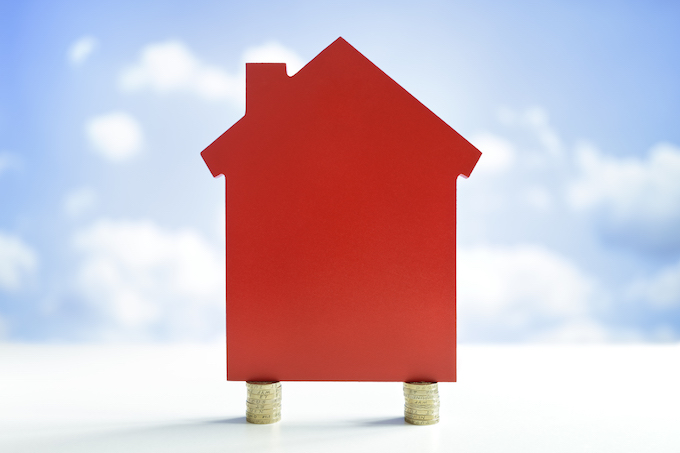
So You Wanna Be a Real Estate Tycoon?
“Buy land, they’re not making anymore!” That little morsel was from one of my favorite authors, Mark Twain. It’s also the rallying cry of every real estate agent and would-be real estate investor.
But before you jump in and start buying real estate, let’s get you money smart.
There are many different kinds of real estate, but just like stocks and bonds, we can break things down a bit further.
One of the most important ways to think about real estate is by putting it into one of two camps:
- Raw Land: In this camp, you have undeveloped land. What does that mean? It just means there is land but no manmade structures on the land. This is also called “raw” land. Drive out to the middle of the desert or forest, and this is raw, undeveloped land. Drive down the block and if you see an empty plot of land with nothing on it, that, my friend, is raw land.
- Developed Land: The other camp over here is developed land. This has some kind of manmade structure on it – maybe a house, an apartment building, a strip mall, a Chuck E. Cheese, or a parking lot. All of these are things that were constructed and put on the raw land.
If you think about it, all land was raw land at one point. Times Square in NYC was once just raw land until they paved it over and put up buildings.
As an investor, you may get pitched on a real estate investment.
Sometimes the pitch is to buy raw land and then build something on it, and other times, it is to buy an apartment or building that is already built. There are huge differences between these two camps, between raw land and developed. There is much greater risk with raw land, because you first have to build something. With developed real estate, that something, whatever it is, is already built. In fact, there may already be a business there with renters who can pay you money. With raw land, it may take years to build whatever it is they want to build. There are no renters yet, so you could go a long time without getting any money back. And let’s say you buy the raw land, and the idea is to put up an office building. Okay, but once the building is done, you then have to get businesses to move into the new office building. It could take months or years before the office building you just built is full. Again, more risk.
So why would anyone invest in raw land?
We come back to the driving force that explains why investors do anything: cash, Benjamins, bills, bread, greenbacks, bones, moola, or clams. Investors invest in raw land because while there is greater risk, there is also greater potential returns. In other words, they can make more money developing raw land.
But, again, as an investor, it’s helpful to know what you’re getting into. Invest in raw land and you might not see a dime for several years. Invest in developed land, and you could start getting money back in less than a month.
Okay, how else can we think about real estate other than undeveloped/raw and developed? In the next lesson, I’ll show you.
The proceeding blog post is an excerpt from Get Money Smart: Simple Lessons to Kickstart Your Financial Confidence & Grow Your Wealth, available now on Amazon.


About the Independent Financial Advisor
Robert Pagliarini, PhD, CFP® has helped clients across the United States manage, grow, and preserve their wealth for nearly three decades. His goal is to provide comprehensive financial, investment, and tax advice in a way that is honest and ethical. In addition, he is a CFP® Board Ambassador, one of only 50 in the country, and a fiduciary. In his spare time, he writes personal finance books. With decades of experience as a financial advisor, the media often calls on him for his expertise. Contact Robert today to learn more about his financial planning services.



